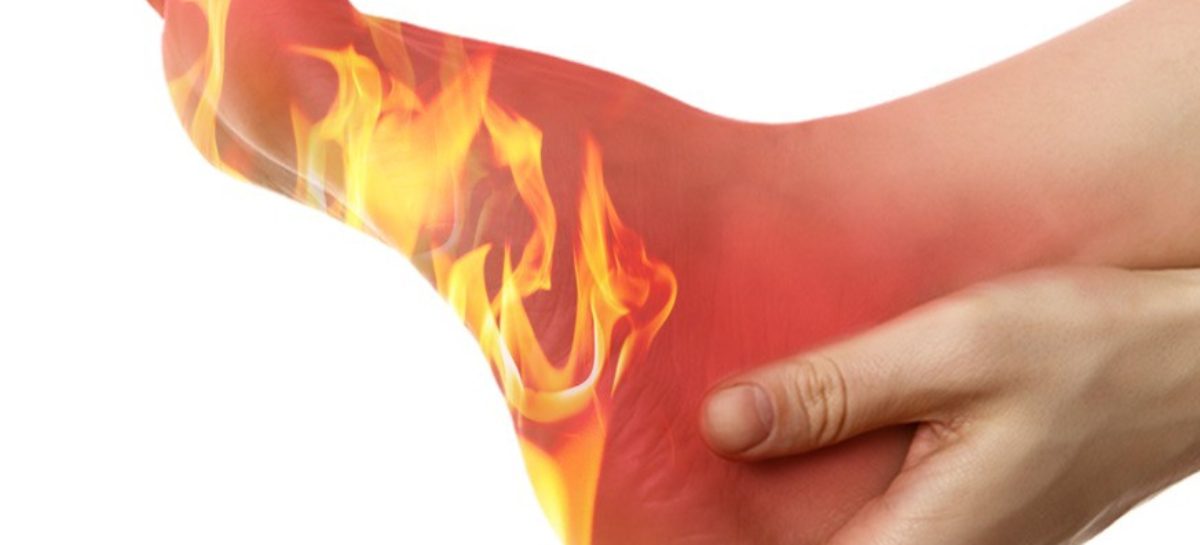
Indian burn feeling nipples how to#
How to treat a first-degree, minor burn.Burn triage and treatment - thermal injuries.You can learn more about how we ensure our content is accurate and current by reading our editorial policy. We link primary sources - including studies, scientific references, and statistics - within each article and also list them in the resources section at the bottom of our articles. Medical News Today has strict sourcing guidelines and draws only from peer-reviewed studies, academic research institutions, and medical journals and associations.
Indian burn feeling nipples skin#
A person may need skin grafting, surgery, antibiotics, or a combination. Third-degree burns may require hospitalization.

It can cause serious infections and may even be fatal if a person does not receive treatment. Third-degree burnĪ third-degree burn, or full-thickness burn, is the most serious type. Second-degree burns often leave a scar, which may fade over several years. Sometimes a person needs a skin graft to treat them. These burns typically take 2–3 weeks to heal. red, pink, or white skin under blisters.Some symptoms of a second-degree burn include:

They may happen when boiling water remains on the skin for a longer period. Another name for this injury is a partial-thickness burn. immediate pain that may last for several hoursĪ second-degree burn damages the epidermis and the top of the second layer of skin, called the dermis.It only damages part of the first layer of skin, called the epidermis.Ī superficial burn happens when boiled water lightly splashes on a person, such as while they are cooking, or when boiling water touches the skin very briefly. First-degree burnĪ first-degree burn, or a superficial burn, is relatively minor.

However, third-degree burns, or full-thickness burns, damage the nerves under the skin and might not hurt at all. Cover the burn with a sterile bandage that does not stick to the injured skin.įor many people, the first symptom of a boiling water burn is sudden, sharp pain.Some examples include ibuprofen and acetaminophen. This can damage the skin and lead to infection. Do not pick at the burn or pop blisters.Gently wash the burn daily with mild soap and cool water. Avoid other home remedies, such as toothpaste, cooking oil, or butter. Water-based lotions or aloe vera work well. The following home treatment tips can support healing: It is safe to treat some minor burns at home. Also, see a doctor for a minor burn if a fever, red streaks, draining pus, or other signs of infection occur.

Seek medical attention for burns on the face. Skin grafts can repair the damaged area after a severe burn. A person may need antibiotics or intravenous - IV - fluids. In the emergency room, a doctor will assess the burn and determine whether it needs treatment.


 0 kommentar(er)
0 kommentar(er)
